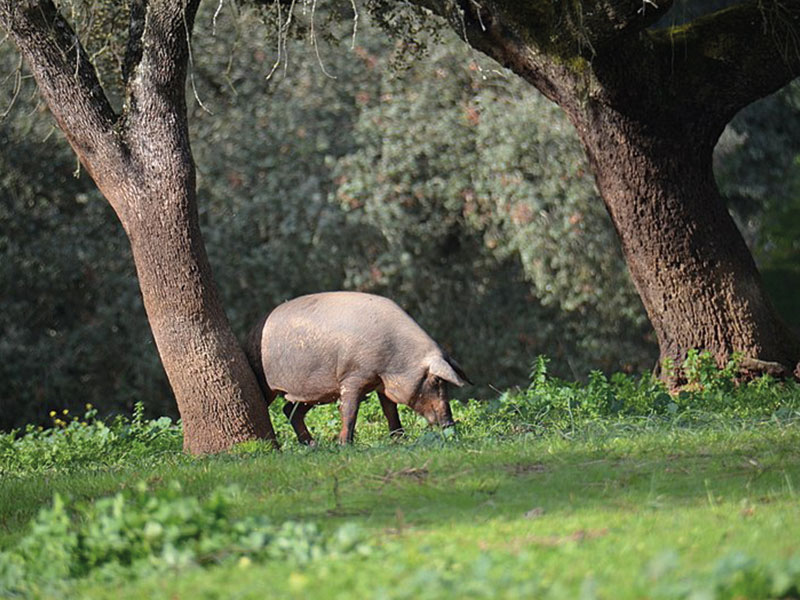
Spain is known all over the world for its gastronomy. Our varied cuisine is just one ingredient attracting millions of tourists a year who fall in love with the flavours of our products. One of the best known is doubtlessly ham. Whether it is our famous Iberian ham or the well-known Serrano ham, Spanish ham is clearly a quality brand in itself. And although it is true that our Italian neighbours export higher volumes, we are highly competitive in terms of product quality.
The way of making ham in Spain does not differ particularly from other cured hams all around the world, particularly in Mediterranean countries such as Italy or France, or even Asian or American countries. But what makes our hams different?
Climate defines flavour
In our country, we have as many as four types of climate. However, traditional ham production areas have one ingredient in common: cold winters and hot summers: meaning a continental Mediterranean climate. Whether it is in the south, such as Andalusia or Extremadura, or in the north, in places like Salamanca or Teruel, ham production has always been inextricably linked to the seasons of the year and cold mountain climates.
As we are talking about a product that has been made for hundreds of years, back when preserving food was a real challenge, the winter cold in the mountains, helped by the preserving salting effect (other parts of the world used spices or smoke to preserve food), brought about the popularity of what is more than just food these days, it’s a real delicacy.
As we mentioned before, following the cold winters, spring led to hot summers. Perhaps it is these peak temperatures, at extreme moments, that have given our ham its unique personality to make it stand out above all from the widespread Italian prosciutto. Fusion of the fat, encouraged by the high temperatures, gives the ham its own distinguishing features.
Different zones, different nuances
It is clear that the wide-ranging Iberian Peninsula climate marks out different production zones for Spanish ham each with its own specific features, although with some similarities between them.
In Andalusia (Huelva and Córdoba above all) and Extremadura (in Cáceres and Badajoz), both the peak maximum temperatures, the duration of the hot months and high average minimum temperatures during the summer, give the hams a more intense flavour in the mouth. In turn, the gentler climate in Salamanca and Teruel, or even in Granada, where although it might reach high temperatures during the day, this is countered with night-time lows, making the taste of their hams much smoother. These nuances are deeply rooted in local palates. Hams from Extremadura or Andalusia often seem “strong” in the north and likewise, the hams from Teruel or Salamanca seem too “smooth” in the south.
These climatic differences not only mark the personality of the end product, but also how it is made. Whilst in Teruel we yearn for the heat of the summer that makes the fat melt and impregnates the lean meat with flavour, in Cordoba for example they protect their hams from the heat by “hiding them” in underground cellars that maintain a cooler average temperature when the ham has “sweated” enough already. And although they seek a similar result, which defines Spanish ham, the best trained palates can distinguish the subtle geographic markets revealing where they were cured.


